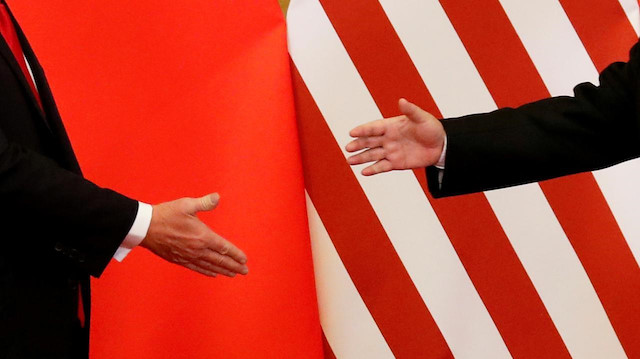
When the Trump administration imposed tariffs on Chinese imports last year, officials insisted China would pay the cost - implying Chinese firms would have to cut their prices to absorb import "taxes" of up to 25% when the goods hit U.S. shores.
Instead, the prices Chinese firms charge have barely budged, meaning U.S. companies and consumers are paying the tariff costs, estimated at around $40 billion annually, New York Fed Reserve Bank researchers found in a study released on Monday.
As a result of the U.S.-China trade war, U.S. Customs and Border Protection adds as much as 25% to the import price as Chinese goods enter the country. If Chinese companies were absorbing that cost, they would have to cut their prices as much as 20% - a level that would allow U.S. retailers, manufacturers, or wholesalers to keep their own prices and profits stable.
That is not what is happening.
Import data from June 2018 to September 2019 shows Chinese import prices fell only 2%, the Fed study found, in line with price declines seen in many other nations as global trade slowed.
"The continued stability of import prices for goods from China means U.S. firms and consumers have to pay the tariff," the Fed research team wrote.
The researchers did not estimate how those costs were split between lower profits for U.S. companies or higher consumer prices.
The research did find, however, that China is feeling the impact of higher tariffs.
China's share of U.S. imports of machinery and electrical equipment has fallen by around 2 percentage points since 2017, and its share of U.S. electronics imports has fallen by 6 percentage points.
That market share "has gone largely to Europe and Japan for machinery and to Malaysia, South Korea, Taiwan, and Vietnam for electronics and electrical equipment," the study found.
The research did not address how much market share may have been gained by U.S. suppliers, or whether other countries are charging higher prices than Chinese firms.
The fact that dollar prices of Chinese goods have not fallen also means that the roughly 10% drop in the value of China's currency since the first tariffs were imposed has not been used by its exporters to keep a competitive edge, as some U.S. officials allege.
Instead, the currency drop serves "to pad profits on each unit of sales" for Chinese exporters, the research team concluded.


